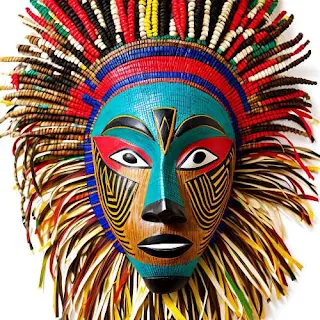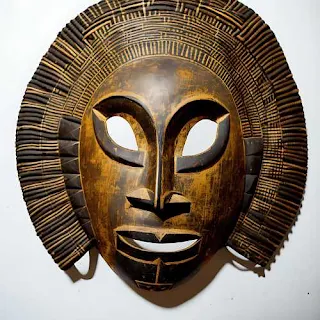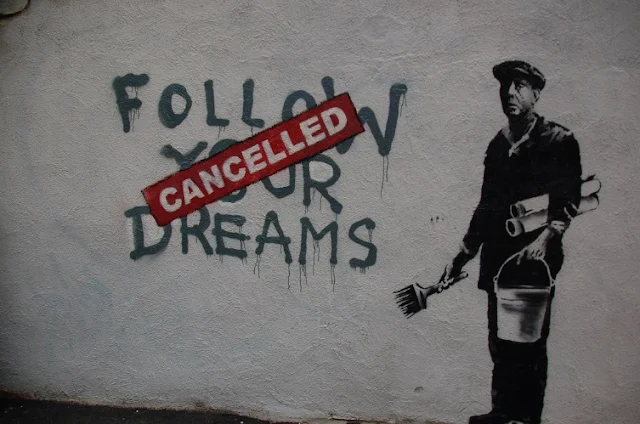African Masks Studied by Pablo Picasso
The Role of Masks in African Ceremonies and Rituals was studied by Pablo Picasso and Henri Matisse.
Pablo Picasso is well-known for being influenced by African art and masks. African masks are used in initiation ceremonies, funerary rites, cultural festivals and communication with spirits and ancestors and other important events. African masks can be highly stylized and symbolic or plain and simple, representing a range of cultural and spiritual beliefs. |
| Pablo Picasso was influenced by African art and masks |
The five most famous examples of African masks are:
The Senufo Helmet Mask
Dan Mask
Chokwe Mask
Bwa Mask
Pende Mask

Pablo Picasso was influenced by African art and masks in his work.
Pablo Picasso, the Spanish painter, and sculptor, was fascinated by African art and its influence on modern art. He was particularly interested in African masks and incorporated their visual elements into his works.
Picasso studied and collected a variety of African masks, including those from the Dan and Baule people of Ivory Coast (Cote d'Ivoire currently), the Fang people of Gabon, and the Kuba people of the Democratic Republic of Congo. He was drawn to their abstract forms, bold designs, and powerful expressions, which he saw as a departure from the representational style of traditional Western art.
Picasso's collection of African masks heavily influenced his art, particularly during his Cubist period, where he used the masks' angular shapes and distorted forms to create new visual language in his paintings and sculptures. His fascination with African art helped to bring the aesthetics and themes of African cultures into the mainstream of Western art.
Senufo Helmet Mask
The Senufo people of Cote d'ivoire, Burkina Faso and Mali are known for their elaborate helmet masks, which feature human and animal forms. The Senufo Helmet Mask is one of the most famous examples, featuring an elongated human face with a high forehead and slit eyes, and is often used in funerary and agricultural ceremonies.
The Senufo Helmet Mask is carved from wood and is typically decorated with a variety of materials such as metal, beads, and animal fur.
The Senufo Helmet Mask is used in a number of different rituals and ceremonies, including funerals, initiations, and agricultural festivals. In some cases, the mask is worn by a male dancer who performs a series of movements and dances while wearing the mask. The mask is also used in agricultural ceremonies, where it is believed to help ensure a bountiful harvest.
The Senufo people have a long tradition of mask-making, and the Senufo Helmet Mask is considered one of the most important examples of Senufo art. The mask has been exhibited in museums around the world, including the Musée du quai Branly in Paris and the Metropolitan Museum of Art in New York City.
Dan Mask
The Dan people of Liberia, Côte d'ivoire, and Guinea are known for their intricate wooden masks, which are often used in initiation ceremonies and as part of spiritual practices. The Dan Mask is a classic example, featuring a stylized human or animal face with geometric patterns and bold colors.
The mask is made from wood and is often decorated with materials such as metal, raffia, and animal hair. The Dan Mask is characterized by its stylized human or animal face with geometric patterns and bold colors.
The Dan Mask is used in a variety of different contexts, including initiation ceremonies, funerary rites, and as part of spiritual practices. In some cases, the mask is worn by a male dancer who performs a series of movements and dances while wearing the mask. The mask is also used as a means of communication with spirits and ancestors.
Dan masks have been collected and studied by many Western art historians and artists, including Pablo Picasso and Henri Matisse, who were inspired by the bold colors and geometric designs of the masks. Today, Dan masks are highly valued by collectors and are considered to be important examples of African art.
Chokwe Mask
The Chokwe Mask is a type of African mask created by the Chokwe people of Angola and the Democratic Republic of Congo. The mask is made from wood and is often decorated with materials such as cowrie shells, beads, and metal.
The Chokwe Mask is characterized by its stylized human face with prominent eyebrows, a broad nose, and a large mouth. Chokwe masks are used in a variety of different contexts, including initiation ceremonies, funerary rites, and as part of cultural festivals. In some cases, the mask is worn by a male dancer who performs a series of movements and dances while wearing the mask.
The mask is also used as a means of communication with spirits and ancestors. The Chokwe Mask is one of the most famous examples of African masks featuring a stylized human face with prominent eyebrows, a broad nose, and a large mouth.
Bwa Mask
The Bwa people of Burkina Faso and Mali are known for their distinctive wooden masks, which often feature geometric patterns and stylized animal forms. The Bwa Mask is one of the most famous examples, featuring a long, narrow face with a prominent nose and a series of parallel lines and triangles.
The mask is made from wood and is often decorated with materials such as animal fur, raffia, and colorful pigments. The Bwa Mask is characterized by its abstract geometric shapes, symmetrical designs, and bright colors.
Bwa masks are used in a variety of different contexts, including initiation ceremonies, funerary rites, and as part of cultural festivals. In some cases, the mask is worn by a male dancer who performs a series of movements and dances while wearing the mask. The mask is also used as a means of communication with spirits and ancestors.
Bwa masks have been studied and admired by many Western art historians and artists, who have been fascinated by the intricate designs and use of color in the masks. Today, Bwa masks are highly valued by collectors and are considered to be important examples of African art.
Pende Mask
The Pende Mask is a type of African mask created by the Pende people of the Democratic Republic of Congo. The mask is made from wood and is often decorated with materials such as raffia, cowrie shells, and animal hair. The Pende Mask is characterized by its distinctive elongated face with a high forehead, a large nose, and a small mouth.
Pende masks are used in a variety of different contexts, including initiation ceremonies, funerary rites, and as part of cultural festivals. In some cases, the mask is worn by a male dancer who performs a series of movements and dances while wearing the mask.
The mask is also used as a means of communication with spirits and ancestors. The Pende Mask is a classic example, featuring a stylized human or animal face with bold colors and intricate designs.
More links to articles you will find thought provoking.













